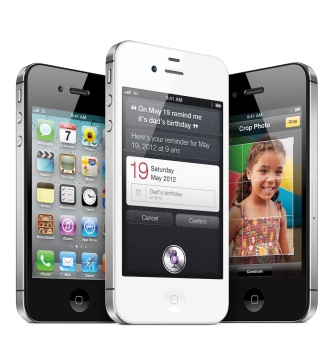Although smartphone shipments grew 41% year-over-year to 144.6 million as of the quarter ending March 2012, many smartphone OEMs [original equipment manufacturers] aren’t enjoying the benefits of a rapidly expanding market.
Samsung and Apple captured 55% of global smartphone shipments in the first quarter of 2012 (1Q‘2012) and over 90% of the market’s profits, according to ABI Research. The question remains: can anyone break away to become a strong third in this market?
Apple and Samsung together have 50% of global smartphone sales and 90% of global smartphone profits, says ABI Research. Apple sold 36 million smartphones in 1Q’2012, and Samsung sold 43 million.
Of the top ten smartphone OEMs, only Samsung and Sony experienced sequential growth in shipments over 4Q’2011. Nokia witnessed a 40% sequential decline in shipments and may soon be passed by ailing RIM in shipments despite the BlackBerry maker’s 20% sequential decline in shipments.
“At this point in the year, Nokia will have to grow its Windows Phone business 5000% in 2012 just to offset its declines in Symbian shipments,” says Michael Morgan, senior analyst, devices, applications & content, ABI Research.
As the smartphone markets of North America and Western Europe pass 50% penetration, smartphone OEMs should seek growth in key markets, such as China, which continues to show strong shipment growth of over 80%. Despite the shipment growth opportunities that China offers, smartphone OEMs will have to contend with local vendors ZTE and Huawei whose cost structures are tailored to deliver smartphones and homologated content ecosystems at the lower price points needed to drive growth across the country.
“As Nokia’s market share in China plummets, the competition to fill this power vacuum has the potential to make or break smartphone OEMs currently struggling with profitability and differentiation,” adds Jeff Orr, practice director, devices, applications & content, ABI Research.





